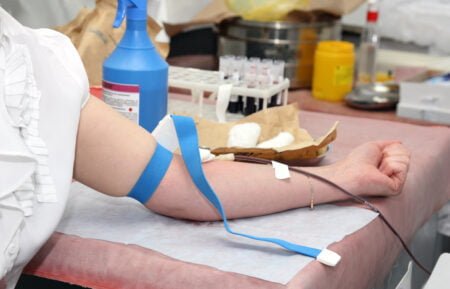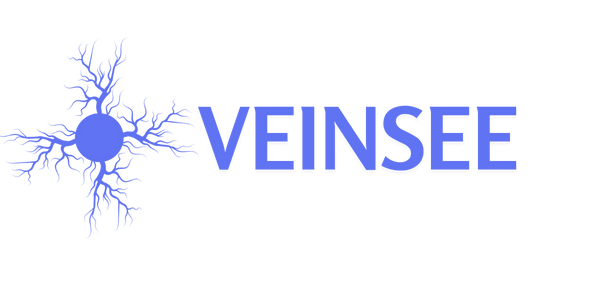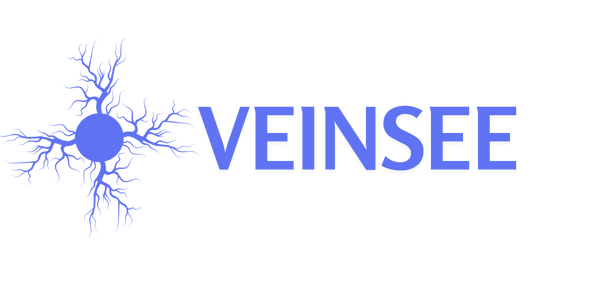Effective Vein Anchoring
Veins are vital organs that are indispensable for health maintenance. Their significance cannot be overstated, as there are at least 34 main veins and numerous minor ones.
Bloodwork is frequently required, regardless of whether you’re visiting the emergency room or receiving a routine checkup. For medical personnel performing venepuncture or phlebotomy, it is now essential to comprehend vein anchoring.

During these procedures, the location of the vein is secured in part by “anchoring” it. Why is it essential to tie the vein after piercing it? When a vein is punctured, the possibility of rolling exists. Veins are not immobile; they can move. The term “vein rolling” refers to the movement a needle produces in a vein. Rolling veins can cause an unsuccessful venepuncture or phlebotomy procedure by obstructing the medical procedure and causing the needle to move, resulting in unintended tears or punctures.
It is crucial that medical professionals comprehend the proper vein-anchoring technique to prevent vein rolling. Nonetheless, securing the vein alone is insufficient. After the needle has been inserted into the vein, it is vital to secure it to prevent it from rolling.
Having a precise image of the vein makes it simpler for medical professionals to properly repair and anchor it. By using a vein finder, the likelihood of vein rolling can be significantly reduced.
So, how do you anchor a vein? The process is relatively simple but requires precision.
Here are the steps that will guide you to successfully anchor a vein
- The initial step of venepuncture is locating the vein. If you are using a tourniquet, tie it at least 3 inches above the selected site.
- Provide the patient with a soft kneading object or ask them to make a fist.
- Clean the area of the venepuncture.
- Firmly grasp the area below the puncture site. If you are drawing blood, grab the lower portion of the arm.
- Stretch the skin downward with the thumb of your other hand. This action prevents the vein from rolling by applying the right amount of pressure.
- With your dominant hand, use your index finger and ring finger to hold the syringe or tube steady while applying subtle pressure on the vein. This ensures a stable blood draw and prevents vein rolling.
- If more than 60 seconds have passed, it is time to remove the tourniquet. Leaving the tourniquet on for too long can cause blood to pool at the venepuncture site, leading to elevated or false results. When removing the tourniquet, use your other hand and keep the index finger and ring finger of your dominant hand on top of the vein to prevent rolling and needle movement.
Tips for Anchoring the Vein Correctly
Understanding the importance of anchoring in venepuncture, here are seven tips to improve your vein anchoring technique:
- Ask the patient to extend their arms at a 180-degree angle. This helps naturally tense the skin and stabilize the veins.
- Always instruct the patient to make a tight fist. A tight fist stabilizes the vein and improves skin tension.
- Beginners can skip providing a soft kneading object to the patient during venepuncture. It is crucial for the patient to remain still, as movement can cause vein rolling. Making a fist is a better alternative in such cases.
- If the patient appears visibly nervous, engage in conversation or provide distractions to help them relax. An anxious patient is more likely to move, increasing the chances of vein rolling. By keeping them occupied, both the venepuncture procedure and vein anchoring become easier.
- If you are using a vein finder, the anchoring process will differ slightly as you won’t need a tourniquet.
Healthcare professionals use tourniquets to enhance vein visibility by restricting blood flow. However, it is recommended to avoid keeping the tourniquet on during blood draw for more than a minute to prevent superficial results and blood pooling. Without a tourniquet, you don’t need to anchor the vein a second time or worry about unwanted movement. - Take a few seconds to feel the vein before proceeding with the needle. This will help you assess its thickness and assist in anchoring.
- If the patient has very loose or saggy skin, you can seek assistance from a colleague to help stabilize the vein.
Using a Vein detector Device: A vein detector is a medical device that helps physicians and other medical professionals locate veins. Using a variety of technologies, these instruments make vein locations more visible, making it easier to access them. Vein locators with infrared technology, such as the Hellovein, are able to detect veins. With an infrared vein finder, veins are located using infrared radiation. These devices highlight veins by emitting an infrared beam that is absorbed by the hemoglobin in the blood. Because they are noninvasive, infrared vein finders can be used on all skin types.
There are numerous benefits to using a vein finder for both patients and medical professionals. First, it reduces the number of unsuccessful IV placements and blood draws, thereby reducing patient distress and anxiety and saving time for medical staff.
Second, vein finders can reduce the likelihood of complications during blood samples and IV insertions. Finding veins can be difficult, and it may take multiple attempts to insert an IV or draw blood, which increases the risk of infection, bruising, and other complications. By using a vein detector, medical personnel can reduce the number of attempts required and the likelihood of complications.
Finally, vein finders alleviate the discomfort and anxiety associated with IV insertions and blood samples, thereby increasing patient satisfaction. Patients who have endured multiple failed attempts to access a vein may experience anxiety prior to future treatments. Using a vein finder to reduce the number of abortive attempts can reduce the patient’s discomfort during the operation.
If you want to purchase a vein detector but are unsure which one to choose, we advise that you go with the Infrared Vein detector VeinSee 4.0 . After installing one of our vein finders, the standard of care at your hospital can only improve.



